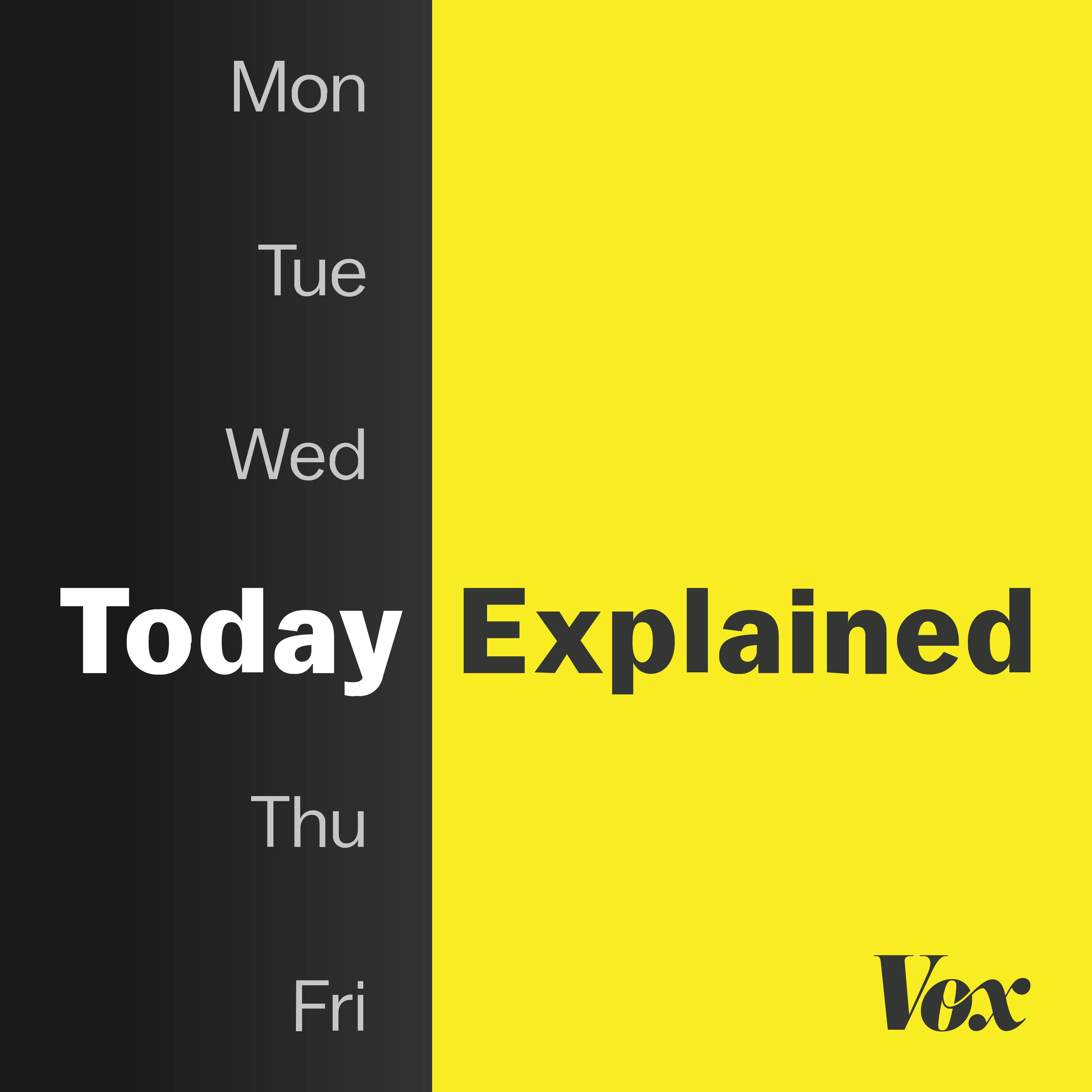
Is there a Dr Pepper in the house?

Today, Explained
Deep Dive
Why did Dr. Pepper overtake Pepsi as the second-bestselling soda in the US?
Dr. Pepper's unique flavor profile and marketing as a differentiated product, combined with PepsiCo's focus on non-carbonated beverages, allowed Dr. Pepper to gain market share.
How did Dr. Pepper's distribution strategy contribute to its success?
Dr. Pepper leveraged the distribution networks of both Coca-Cola and Pepsi, making it more widely available across the country.
What historical event helped Dr. Pepper expand its market reach?
A 1963 court ruling declared Dr. Pepper a non-cola, allowing it to be sold in territories exclusive to Coke and Pepsi.
Why is the beverage market experiencing an explosion of new flavors and types?
The market is responding to consumer demand for novelty and health-focused options, leading to a wide variety of new beverages.
How has the rise of functional beverages impacted the soda market?
Functional beverages, like those with added health benefits, are gaining popularity, especially among younger consumers who are drinking less soda.
Why are Utah's soda shops popular, and how do they differ from traditional soda consumption?
In Utah, soda shops cater to a culture where alcohol is restricted, offering a wide range of flavored sodas and syrups, similar to coffee shops elsewhere.
What role does marketing play in the success of new soda flavors?
Marketing allows brands to experiment with new flavors and gauge consumer interest quickly, with low risk due to the low cost of soda.
- Dr. Pepper predates both Coca-Cola and PepsiCo.
- A 1963 court ruling allowed Dr. Pepper to expand its distribution by being classified as a non-cola.
- Dr. Pepper's unique flavor profile and marketing as a differentiated product have contributed to its success.
Shownotes Transcript
Dr Pepper has overtaken Pepsi as the second-bestselling soda in the US. Its rise helps explain dirty sodas, healthy sodas, and the overall explosion of the beverage market.
This episode was produced by Hady Mawajdeh, edited by Amina Al-Sadi, fact-checked by Laura Bullard, engineered by Patrick Boyd and Andrea Kristinsdottir, and hosted by Sean Rameswaram.
Transcript at vox.com/today-explained-podcast)
Support Today, Explained by becoming a Vox Member today: http://www.vox.com/members)
Dr. Pepper has tied Pepsi for the second most popular soft drink in the U.S., behind Coca-Cola. Photo illustration by Justin Sullivan/Getty Images.
Learn more about your ad choices. Visit podcastchoices.com/adchoices)